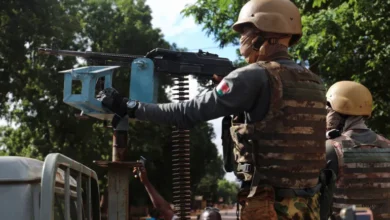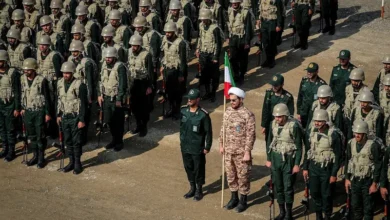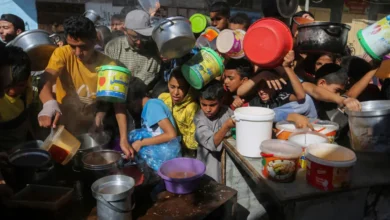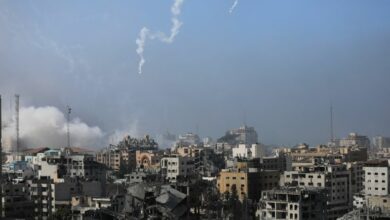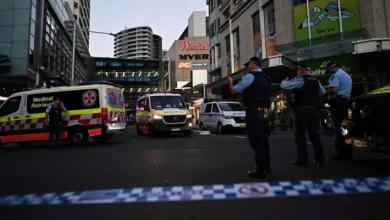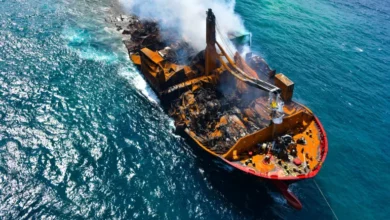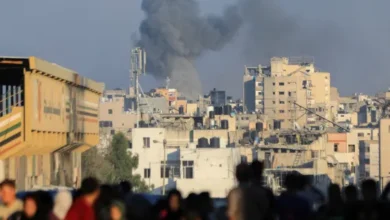Determination, hope and longing in the Tunisians fighting for a better life
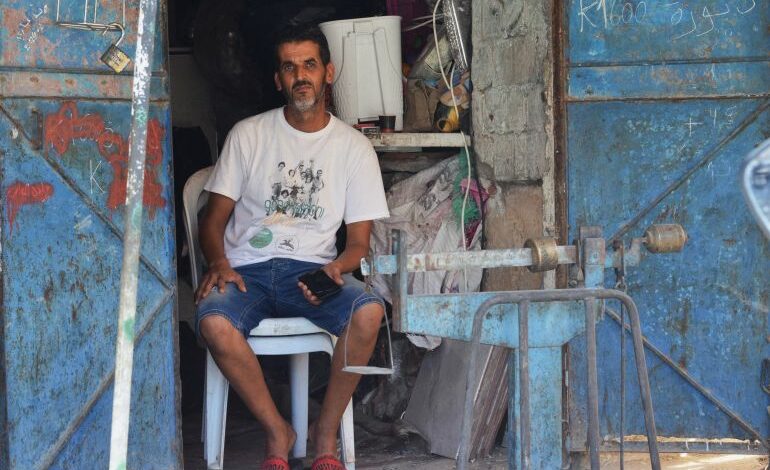
Anoir Neffati is a big man. At 39, he gets by on casual work from the local market in Mellassine, a working-class district close to the centre of Tunis.
Ten days ago, he was one of the nearly 10,000 Tunisians to have attempted to land without papers in Italy. Seven days ago, he was deported.“It took me nine hours to get there,” he jokes of his relatively comfortable journey by Zodiac from Tunisia to Pantelleria, Italy. “It took me nine minutes to get back.”
Much of the coverage of migration from Tunisia has been dominated by the appalling treatment meted out to Black refugees in Tunisia after a racially charged speech by the country’s President Kais Saied in February.
But Tunisians themselves remain one of the largest groups attempting the crossing to Italy, making up a significant chunk of what the Italian government has stated is a 103 percent increase in the number of arrivals.
Many are fleeing poverty, a tanking economy and a future without hope to a continent untroubled by the tumult of events that have engulfed Tunisia since its revolution of 2011.
In Mellassine, the departure of 20 people on Monday night appears to be common knowledge. Other groups left before it, and other groups will leave after it. It is no secret, Anoir says. “Everyone knows what the economy’s like,” he tells a translator.“When I was in Italy, I met this one guy, from [the resort town of] Sousse. He had a baby with him. I asked: ‘Why are you here? Why are you here with a baby?’ He said: ‘Either we die here, or we die in Tunisia.’”
Tunisia’s post-revolutionary history has been a troubled one. Over 12 years, a succession of governments failed to address the economic decline that, ironically, catapulted the majority to power.
All the while laying the groundwork for Kais Saied’s dramatic power grab of 2021 – labelled a coup by his opponents – that, despite granting him extraordinary powers, has failed to arrest the country’s economic slide.The Tunisian dinar has continued to tank, while unemployment, one of the principal causes of the revolution, has remained entrenched.
In June, international credit rating agency Fitch, downgraded the country to CCC-, suggesting that the odds of a default on its international loans was high.
As the country hovers on the brink of bankruptcy, what international credit it has secured, from soft loans and aid packages from the EU intended to prop up the economy and fund its border security, has struggled to cover the growing cracks in the government’s finances.The impact has become a way of life. In Mellassine, as in much of Tunisia, staple goods like vegetable oil, coffee and bread, all subsidised by the government since the 1970s, are in short supply.
“You can’t get anything here. All you can buy is drugs; weed, cocaine – that’s all here. Nothing else,” a man in his mid-20s who gives his name as Mahmouda, says. He continues, describing life at the bottom of the economic order.
“I left school at 12, we couldn’t afford it,” he says.
“Now, I can’t even leave Mellassine. If I go into the city centre, the police will see my tattoos,” he says, pointing to his heavily inked arms, “and ask me where I’m from. They find out I’m from here and that’s it,” he says, shrugging.He points to one tattoo, of a man appearing to chase a policeman with a chair. “You see that one?” he tells a translator. “That’s one year in prison, right there,” he says, referring to Tunisia’s strict laws on insulting public officials.
However, for Mahmouda and others trapped within the subsistence cycle of day labour, food and rent, the cost of migrating remains prohibitive.
“It’s 5,000 Tunisian dinars (about $1,600) to go to Europe,” Mahmouda says, sucking on a cannabis cigarette, “Where am I going to get that?”
Further along the street, electronics student Mohammed Jebali, 23, has clear plans for the future. Once he graduates, he leaves.
“My best friend left for Europe during Ramadan,” he says. “He’s in Germany now. He’s looking for work, but he’s getting by in the city centres,” he says.
While many in Mellassine are reluctant to discuss departure points, they are not hard to identify. Following an explosion in migration after the country’s revolution, irregular migration returned to Tunisia in 2017, when shifting migrant routes and security operations in Libya brought the migration crisis to Tunisia’s door, where it has taken root and spread along the bulk of its 713 miles of Mediterranean coast.
The surge in arrivals of Black migrants from across sub-Saharan Africa has only lent a further layer to the trade. Rather than leave together, the bulk of clandestine migration remains firmly segregated along lines of race and economy. While Tunisians, for the most part, can afford to travel in wooden fishing boats, or for the lucky few, Zodiacs, when the seas are calmer, Black migrants must make do in crude steel boats, welded together in a matter of hours.

